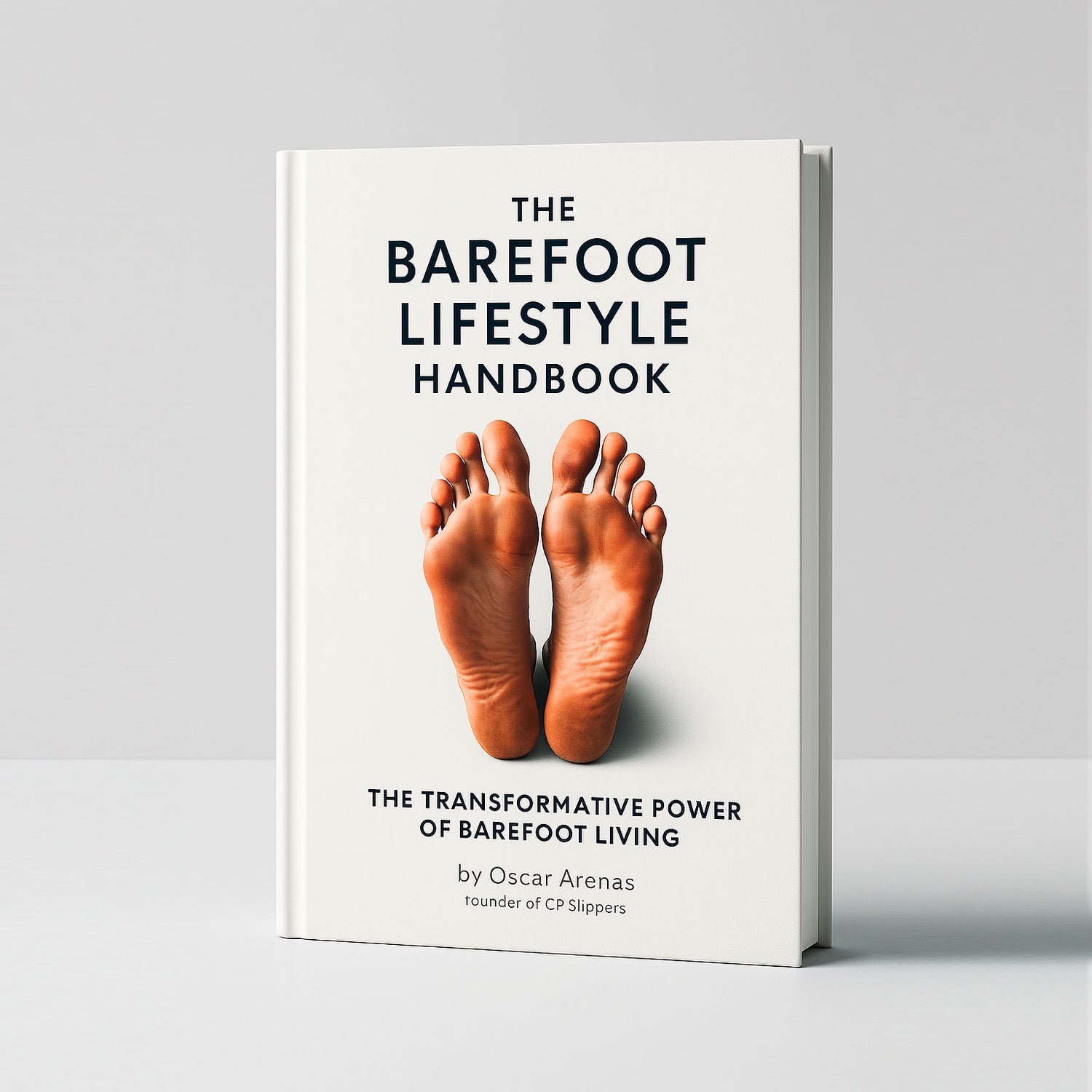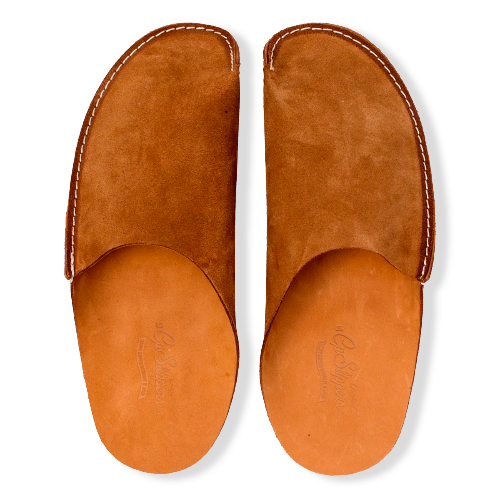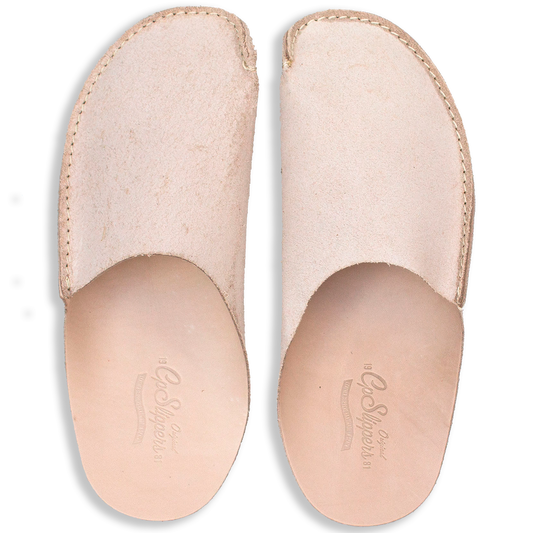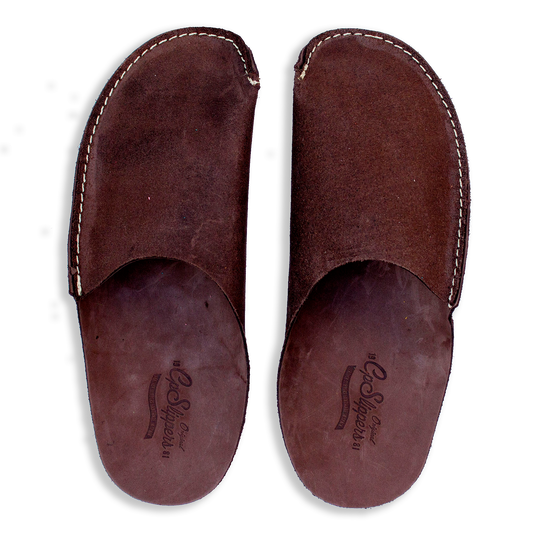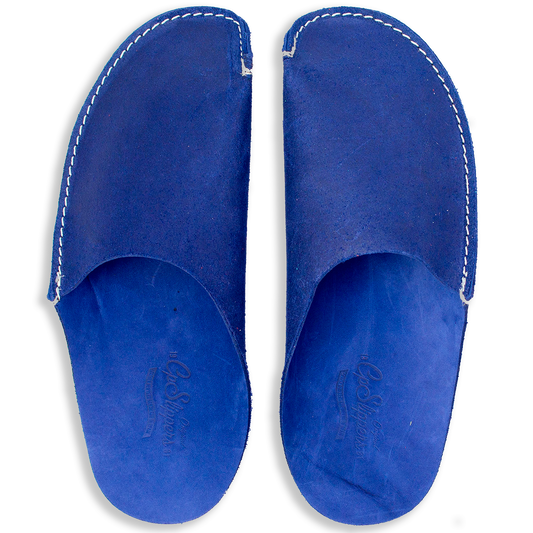- Why Japan Removes Shoes
- Types of Japanese Slippers
- Hospitality & Guest Protocol
- Health & Sustainability Benefits
- How to Choose Your Pair
- Care & Maintenance
- FAQ
Why Japan Removes Shoes
Stepping out of outdoor shoes and into clean indoor slippers is an 800-year-old practice that began when homes were built on raised wooden floors to fight humidity and dirt. Today the genkan (entryway) still marks the boundary between “outside” and “living space”, protecting delicate tatami and signalling respect for purity rooted in Shinto thought.
Main Types of Japanese Slippers
1. Uwabaki – School & Office Essentials
Uwabaki are lightweight cotton-rubber shoes stored in individual lockers at schools and some companies. Coloured toe stripes often denote grade or department.
2. Zōri & Geta – Traditional Guest Sandals
Flat-soled zōri (woven straw or modern EVA) and wooden geta were historically worn with kimono. Modern homes may keep a pair by the genkan for visitors.
3. Toilet Slippers
Hygiene rules dictate a dedicated pair labelled “トイレ” for bathroom use only; crossing a toilet slipper into living areas is a social faux-pas.
4. Hotel & Ryokan Slippers
Virtually every business hotel and ryokan provides disposable or cotton slippers, so packing your own is rarely necessary.
Hospitality & Guest Protocol
Hosts line slippers toe-out for easy wear. Guests step onto the raised floor, turn shoes toward the door, and slip into provided footwear. Remember: bare feet on tatami, slippers on wood or tile, toilet slippers only in bathrooms.
Health & Sustainability Benefits
- Foot support & circulation – Cushioned indoor shoes reduce plantar pressure by up to 18 % compared with hard floors.
- Hygiene – Segregating outdoor soles cuts indoor bacteria and allergen load.
- Comfort for remote work – Podiatrists advise supportive house shoes to curb arch pain during long WFH hours.
- Longevity & waste reduction – A quality leather slipper lasts 4–6 years, preventing fast-fashion textile waste.
How to Choose Your Japanese-Style Slipper
- Material – Breathable full-grain leather or cotton avoids sweat build-up.
- Sole – Soft suede for tatami rooms; stitched rubber for hardwood.
- Fit – Allow 5 mm heel clearance; see our size guide.
- Use-case – Separate pairs for living space, toilet and veranda.
Explore handcrafted options: CP Slippers Classic Collection →
Care & Maintenance
Air leather pairs weekly, wipe with damp cloth, and condition every six months. Cotton uwabaki can be machine-washed cold and sun-dried.
FAQ
Can I wear socks instead of slippers?
Socks are acceptable on tatami but slippers are preferred on wood or tile for grip and warmth.
Do Japanese use slippers in temples?
Most temples provide communal slippers or require socks; follow local signage.
External references: Japan-Guide etiquette overview, PubMed plantar-pressure study 2022, and The Japans cultural blog. Data accessed August 2025.


